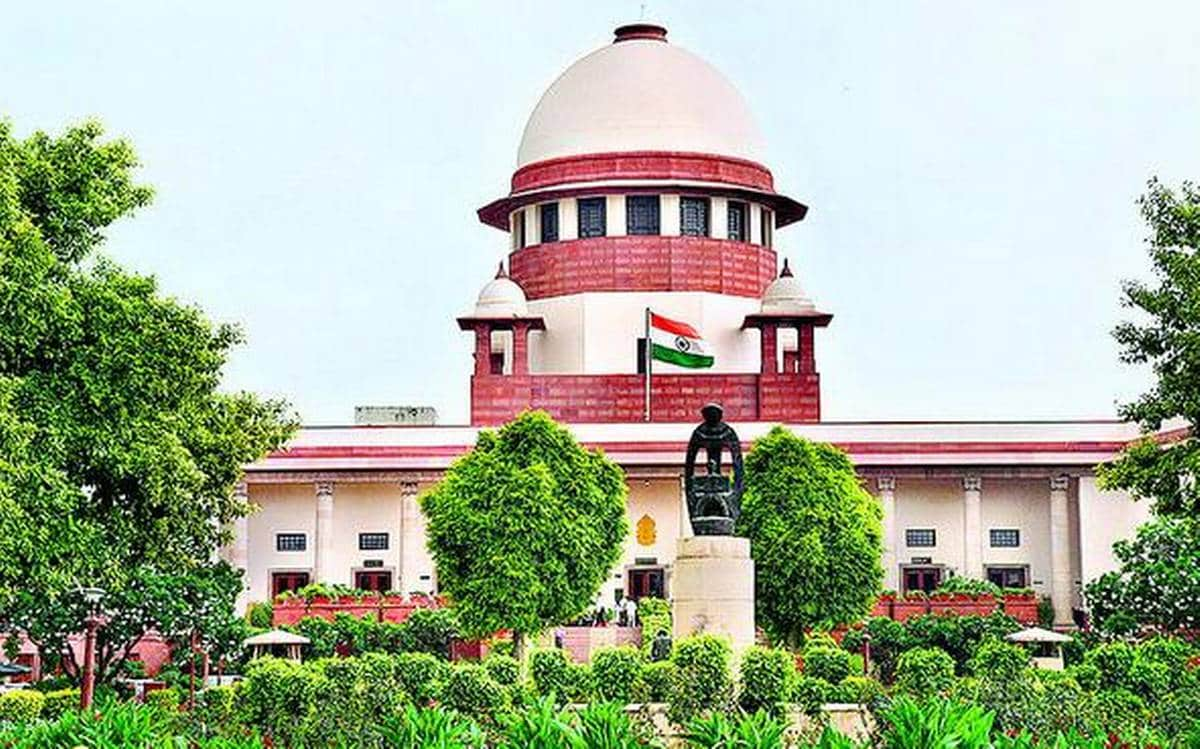The Supreme Court of India, recently, put to rest a highly debated question in respect of the nature of statutory requirement of undertaking pre-litigation mediation in commercial disputes as prescribed by Section 12A of the Commercial Courts Act, 2015 (“Act”). After extensively analyzing the opinions expressed so far, the Apex Court in the case of Patil Automation Private Limited and Ors. v. Rakheja Engineers Private Limited, vide its judgment dated 17 August 2022 has decided the issue.
Brief facts of the matter are that a commercial suit was filed for recovery of monies along with interest. In response an application under Order VII Rules 10 and 11 read with Sections 9 and 20 of the Code of Civil Procedure, 1908 was filed, inter alia contending that the suit was filed without adhering to Section 12A of the Act and thus, was not barred for non-compliance of Section 12A of the Act.
The District Court relying on a judgment passed by the Bombay High Court, dismissed the application on the ground that non-adherence of the procedure established by Section 12A of the Act is not an embargo on the maintainability of a commercial suit and the pre-litigation mediation can be kept in abeyance. The High Court of Punjab and Haryana confirmed the finding and held that not resorting to pre-litigation mediation would not entail rejection of the plaint. Aggrieved thereof the matter was brought before the Supreme Court.
The Supreme Court was along with the main matter also reflecting on similar issues raised in other matters arising of decisions of various High Courts.
THE ISSUE AT HAND
The seminal question which arose for consideration of the Supreme Court was whether the statutory pre-litigation mediation contemplated under Section 12A of the Act as amended by the Amendment Act of 2018 is mandatory and whether the Courts below have erred in not allowing the applications filed under Order VII Rule 11 of the CPC, to reject the plaints filed by the respondents in these appeals without complying with the procedure under Section 12A of the Act.
Contentions by the parties
During the course of arguments on behalf of the Appellant, emphasis was laid on the usage of the word “shall” by the Legislature in Section 12A of the Act, thereby indicating a mandatory requirement. Reference in this regard was also made to Section 80 of the CPC and Section 69 of the Partnership Act, 1932. It was also brought to the attention of the Supreme Court that the decision in Ganga Taro was reversed by the High Court in its subsequent decision by the Division Bench of the said High Court. Reference was made to the Statement of Objects and Reasons, the speech made by the Law Minister and the plain language used coupled with the intention of the Lawgiver to state that the same makes it clear that Section 12A is mandatory. It was contended that the embargo against institution of the suit may not necessarily affect inherent jurisdiction of the Court.
On the other hand, the Respondent emphasised and stressed upon the directory nature of the requirement enshrined by Section 12A of the Act. It was submitted that in order that the word ‘shall’ in a statutory provision be considered as mandatory, one of the cardinal tests employed by the Courts is to ask the question whether the provision contemplated penal consequences for disobedience of the provision. It was highlighted that non-adherence to the procedure under Section 12A of the Act does not invite any penal consequence. It was submitted that the procedure does not prejudice the rights of the defendant and only provides room for settlement. It was also brought to the attention of the Court that the plaintiff is bound to pay the whole court fee under the law in question. When the plaint gets rejected under Order VII Rule 11, the plaintiff suffers a loss of the entire court fee. The possible consequence of a plea of limitation overwhelming a fresh suit of the plaintiff after rejection of the first suit was also highlighted.
ANALYSIS BY THE COURT
Examining the issue, the Supreme Court, inter alia, referred to the language of Section 12A of the Act, the Act itself, subsequent amendments, Statement of Objects and Reason, relevant Rules of the Act, judgments dating back to 1961 onwards. The varying views expressed by the High Courts were also carefully looked into. The Court referred to its views expressed on mediation as noted in the matter of Vikram Bakshi and Others v. Sonia Khosla (Dead) by Legal Representatives.
After a thorough scrutiny of the various facets held that a perusal of the Act and the Rules reveal the existence of a complete Code. It held that it is a settled law that a plaint instituted transgressing the mandate of Section 80 of the CPC, that is, when there is no notice at all and no urgent relief is contemplated and leave sought, the plaint would have to be rejected, as the suit would not be maintainable. It further held in respect of Order VII Rule 11 CPC that where on allegations in the suit, it is found that the suit is barred by any law, as would be the case, where the plaintiff in a suit under the Act does not plead circumstances to take his case out of the requirement of Section 12A, the plaint should be rejected without issuing summons. Undoubtedly, on issuing summons it will be always open to the defendant to make an application as well under Order VII Rule 11. In other words, the power under Order VII Rule 11 is available to the court to be exercised suo motu.
THE APEX COURT IN ITS CONCLUDING REMARKS HELD AS UNDER:
“We declare that Section 12A of the Act is mandatory and hold that any suit instituted violating the mandate of Section 12A must be visited with rejection of the plaint under Order VII Rule 11. This power can be exercised even suo moto by the court as explained earlier in the judgment. We, however, make this declaration effective from 20.08.2022 so that concerned stakeholders become sufficiently informed.”
NOTEWORTHY OBSERVATIONS BY THE COURT
“Section 12A [of the Act] cannot be described as a mere procedural law. Exhausting pre-institution mediation by the plaintiff, with all the benefits that may accrue to the parties and, more importantly, the justice delivery system as a whole, would make Section 12A not a mere procedural provision. The design and scope of the Act, as amended in 2018, by which Section 12A was inserted, would make it clear that Parliament intended to give it a mandatory flavour. Any other interpretation would not only be in the teeth of the express language used but, more importantly, result in frustration of the object of the Act and the Rules.”
“At this juncture, it must be immediately noticed that the Law-giver has, in Section 12A, provided for pre-institution mediation only in suits, which do not contemplate any urgent interim relief. Therefore, pre-institution mediation has been mandated only in a class of suits. We say this for the reason that in suits which contemplate urgent interim relief, the Law-giver has carefully vouch-safed immediate access to justice as contemplated ordinarily through the courts. The carving out of a class of suits and selecting them for compulsory mediation, harmonises with the attainment of the object of the law. The load on the Judges is lightened. They can concentrate on matters where urgent interim relief is contemplated and, on other matters, which already crowd their dockets.”
“… as noticed by this Court in Vikram Bakshi (supra), mediation offers a completely new approach to attaining the goal of justice. A win-win situation resulting from assigning a greater role to the parties themselves, with no doubt, a spirit of accommodation represents a better and what is more in the era of docket explosion, the only meaningful choice. The realisation has been growing over a period of time, that formal court rooms, long drawn-out proceedings, procedural wrangles, mounting and crippling costs, delay, which never wanes but only increases with the day that at least, in certain categories of cases, mediation can be the way out. It, undoubtedly, requires a complete change in the mindset. The change in approach, undoubtedly, can be achieved only if the litigants become aware of its benefits in comparison with the great disadvantage in waiting in the serpentine queue for the day of reckoning to arrive in a court of law.”
COMMENTS
The Hon’ble Court by putting to rest the conundrum has provided the much needed clarity and certainty that was required in commercial suits. In doing so, the Court has emphasised the importance of mediation in resolving disputes and being the way forward. The Court also gave highlighted importance and need for the role of the parties and the Bar in getting disputes between parties settled as being the logical option, especially since the application of the Act pertains to commercial disputes, thereby stressing on the need to focus on business efficacy. The Court also clarified that the requirement of pre-litigation mediation is mandatory in a certain classes of cases, and in those cases where urgent relief is sought by the parties, the requirement is not mandatory, as is also evident from the bare language of the Section.
Ajay Bhargava, Senior Partner and Shivank Diddi, Senior Associate are part of the Dispute Resolution Team at Khaitan & Co LLP at the NCR Office of the Firm, inter alia, specialising in commercial disputes.


 Opinion3 years ago
Opinion3 years ago
 Entertainment8 years ago
Entertainment8 years ago
 Entertainment8 years ago
Entertainment8 years ago
 Fashion8 years ago
Fashion8 years ago
 Opinion4 years ago
Opinion4 years ago
 Entertainment8 years ago
Entertainment8 years ago
 Politics8 years ago
Politics8 years ago
 Entertainment8 years ago
Entertainment8 years ago







